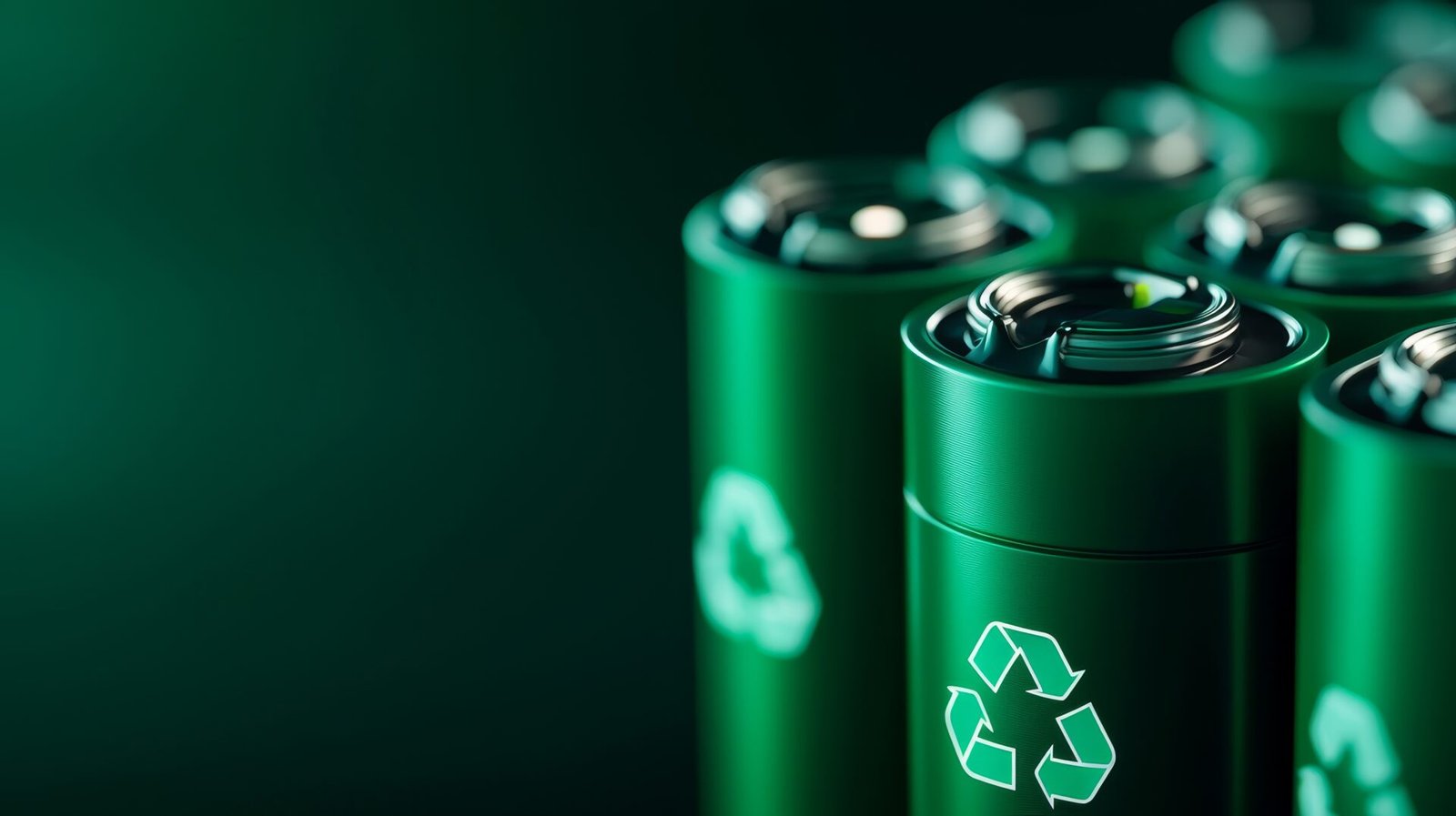Imagine a world where your furniture glows softly in the dark, where park benches guide your path with an ethereal luminescence, and where homes are bathed in a gentle, energy-saving light—all without a single watt of electricity. This seemingly futuristic vision is rapidly becoming a reality, thanks to groundbreaking advancements in the creation of bioluminescent wood. Recent research, particularly from institutions like the Swiss Federal Laboratories for Materials Science and Technology (Empa), is revolutionizing sustainable lighting solutions by harnessing the natural power of glowing fungi.
What is Bioluminescent Wood?
Bioluminescent wood is a novel biohybrid material that emits light through a natural biological process, rather than relying on electricity or synthetic chemicals. This phenomenon, often referred to as “foxfire” when observed in nature, has fascinated humanity for centuries, with the earliest documented observations dating back to ancient Greece by philosophers like Aristotle, who described it as “cold fire.”
At its core, the creation of luminous wood involves a symbiotic relationship between wood and specific types of fungi. Researchers have found particular success with the ringless honey fungus (Desarmillaria tabescens). When this fungus permeates wood, it initiates a biochemical reaction that produces light.
How It Glows: The Fungal Science Explained
The magic of bioluminescence in fungi stems from a chemical reaction involving two key compounds: luciferin and the enzyme luciferase. In the presence of oxygen, luciferase catalyzes the oxidation of luciferin, releasing energy in the form of visible light. This is the same principle that allows fireflies to glow.
Empa’s research has meticulously controlled and replicated this natural process in a laboratory setting. The methodology involves:
- Fungus Selection: The Desarmillaria tabescens fungus has proven highly effective due to its potent production of luciferin.
- Wood Preparation: Balsa wood (Ochroma pyramidale) is often chosen for its low density, making it ideal for experiments and allowing the fungal threads to spread effectively.
- Incubation: Wood samples are incubated with the fungus in a highly moist environment for approximately three months. During this period, the balsa wood can absorb up to eight times its weight in water, which is crucial for the fungal growth and subsequent bioluminescence.
- Activation: The glow is triggered when the wood-fungus biohybrid comes into contact with air, initiating the enzymatic reaction. The light typically reaches its maximum intensity within about ten hours.
Crucially, studies using spectroscopy and X-ray diffraction have shown that while the fungus breaks down lignin—the polymer responsible for the wood’s stiffness—the wood’s structural integrity and tensile strength, provided by cellulose, remain largely intact. The emitted light is a soft green, with a wavelength of approximately 560 nanometers.
Lighting Without Power: Real-World Uses & Innovations
The research by Empa and other institutions represents a significant leap forward in understanding and controlling fungal bioluminescence. While naturally occurring foxfire can be fleeting and dim, scientists have managed to induce a consistent glow that can last for up to ten days. Current efforts are focused on extending this duration and increasing the luminosity to make the material more practical for widespread use.
The potential applications for bioluminescent wood are vast and align perfectly with global sustainability goals:
- Sustainable Lighting: Imagine interior lighting, architectural elements, or even outdoor signage that illuminates without requiring external power. This could drastically reduce electricity consumption and lower carbon emissions associated with traditional lighting.
- Designer Furniture and Art Installations: The aesthetic appeal of naturally glowing wood opens up new avenues for innovative design in furniture, jewelry, and unique art pieces, adding an ethereal ambiance to any space.
- Reduced Light Pollution: By offering a soft, localized light source, bioluminescent wood could contribute to minimizing light pollution in urban and natural environments.
- Eco-friendly Materials: As a biohybrid material derived from renewable resources and natural processes, it offers a biodegradable and non-toxic alternative to many current lighting technologies.
From Lab to Market: The Commercialization Outlook
While bioluminescent wood is still primarily in the research and development phase, its immense potential is clear. The focus on scaling production and extending the luminescence duration signals a clear pathway toward commercial viability. This burgeoning field is ripe for innovation, attracting significant interest from sustainable tech startups and impact investors looking for next-generation green solutions.
Though specific consumer products are not yet widely available, the foundational research lays the groundwork for future patents and licensing agreements. As techniques for mass production and long-term glow are refined, we can anticipate seeing this technology move from scientific journals to commercial showrooms, potentially disrupting traditional lighting and design markets with its sustainable and captivating appeal.
Challenges and Future Outlook
Despite these exciting breakthroughs, challenges remain. The current glow duration of around ten days and the three-month incubation period are limitations for immediate widespread commercialization. However, researchers are actively working on optimizing laboratory parameters to enhance the intensity and prolong the luminescence. Efforts are also underway to explore other types of bioluminescent fungi and wood combinations to improve efficiency and longevity.
The development of bioluminescent wood is more than just a scientific curiosity; it represents a significant step towards truly sustainable and environmentally friendly lighting. As research progresses, we move closer to a future where our built environments seamlessly integrate with nature, illuminated by the gentle, mesmerizing glow of living materials. This innovation not only offers practical solutions but also rekindles our connection to the natural world, demonstrating how biological processes can inspire the next generation of eco-conscious technologies.
Ready to see the glow? Explore images and videos of bioluminescent wood from Empa and other research institutions to witness this fascinating innovation firsthand!


